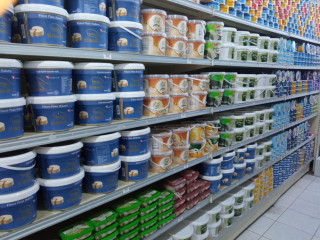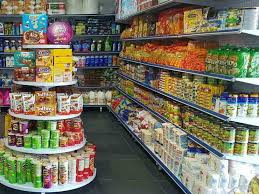A Guide to the Manufacturing Production Process شخصي
منذ 3 سنوات محلات - متاجر للبيع صنعاء 494 مشاهدةWhen a manufacturing company begins production of a new material, it has a choice as to the manufacturing process it uses. The type of process depends on the facility, the staff, and the information systems available. Each process has its advantages and some are best at certain tasks, for example, large batches of finished goods, or small numbers of custom items. When the decision is being considered about which manufacturing process to use, there are a number of questions that should be asked; what are the volumes to be produced, what are the requirements to make the product, and does the company manufacture a similar product? There are a number of basic manufacturing processes that they can select from; production line, continuous flow, custom manufacturing, and fixed position manufacturing.Magnetic separation takes advantage of differences in the magnetic properties of minerals. Minerals fall into one of three magnetic properties: ferromagnetic, paramagnetic and diamagnetic. Ferromagnetic minerals are themselves magnetic (i.e., magnetite and pyrrhotite) and can be easily separated from other minerals with a magnet since they will stick to the poles of the magnet. These minerals can be separated by wrapping the poles of a magnet in paper, passing the magnet over the mineral mixture. The ferromagnetic minerals will stick to the magnet and may be easily separated by removing the paper covering the magnet. Paramagnetic and diamagnetic minerals are not magnetic, but they differ in how they interact with a magnetic field. Paramagnetic minerals are weakly attracted into a magnetic field and diamagnetic minerals are weakly repelled by a magnetic field. Thus, if a mixture of paramagnetic and diamagnetic minerals is passed through a magnetic field, they will be pulled into the field (paramagnetic) or repelled from the field (diamagnetic) and may be separated. Furthermore, paramagnetic minerals with different degrees of paramagnetism can be separated from one another in the same way. The device used to separate minerals based on their magnetic properties is called a Frantz Isodynamic Magnetic Separator. The magnetic separator consists of a large electromagnet through which mineral mixtures can be passed on a metal trough which is divided near its exit end. Varying the strength of the magnetic field and/or slope of the separation trough is used to separate minerals.What is it ?
Gravity Separators are used to separate products of the same size but with a difference in specific weight. They can be used effectively to remove partially eaten, immature and broken seeds to ensure maximum quality of the final product. They may be used to separate and standardize coffee, peanuts, corn, peas, rice, wheat, sesame, and other food grains.A destoner machine is used to remove heavier contaminants or debris from a product stream or flow. Generally, it removes a small percentage from the flow, but it can be large items including: stones, glass, metals or other heavy items. Using a fluidized bed of air and a vibrating deck to move the heavier materials uphill is what the machine does to separate the products into light and heavy materials. In the conditioning process, the destoner can be used ahead of a gravity separator or behind it.
This machine will allow for you to have a better quality product in a shorter amount of time. Allowing you to have more focus on other things in your day-to-day activities. On top of that you will have the ability to produce better quality products and unbeatable end results.
Still want to know more about behind the scenes of what we do at Oliver? have a question for our engineering team? Click on the video above for a full overview of the product, what it does, and how it can help you today. Or contact us today in the link at the top of your screen so we can answer any questions you may have!
What are the Different Types of Conveyor Belts?
There are many types of conveyor belts out there, but what are they?















